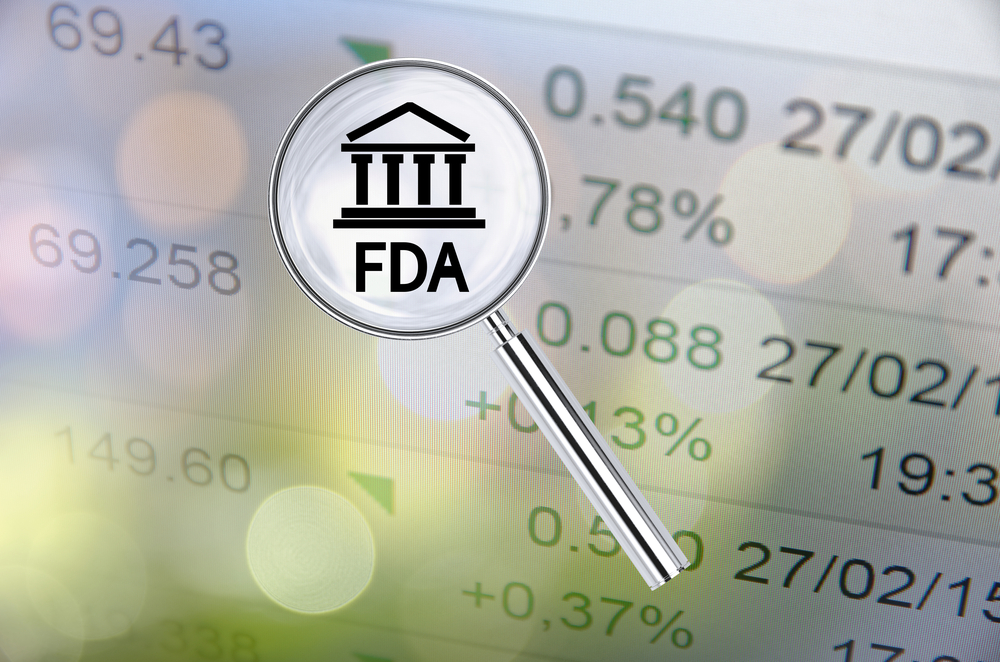Efanesoctocog Alfa on Fast Track for Hemophilia A

The U.S. Food and Drug Administration (FDA) has granted fast track designation to efanesoctocog alfa, an investigational factor VIII (FVIII) replacement therapy for treating hemophilia A, Sanofi, one of the therapy’s developers, announced in a press release.
This designation is given to accelerate the development and review of medications intended to treat serious or life-threatening conditions for which there is a high unmet clinical need. Therapies that receive fast track may be eligible for accelerated approval and priority review, under certain conditions.
Replacement therapies for hemophilia A work by providing patients with a man-made version of FVIII, the clotting protein they are missing.
Formerly known as BIVV001, efanesoctocog alfa is a new form of FVIII replacement therapy that is being co-developed by Bioverativ, a Sanofi company, and Sobi. Efanesoctocog alfa is made up of an artificial version of FVIII that is fused with fragments from the proteins von Willebrand factor and XTEN.
This unique formulation is designed to prolong the therapy’s half-life — the time it takes for its levels in the blood to drop by half — allowing for it to be given once weekly as a prophylactic (preventive) treatment to prevent spontaneous bleeds.
Data from a recently completed Phase 1/2 clinical trial of efanesoctocog alfa, called EXTEN-A (NCT03205163), showed that a single dose of the therapy was able to safely and effectively increase FVIII activity levels in men with severe hemophilia A.
Also, pharmacological analyses showed that efanesoctocog alfa had a half-life that was three to four times higher than that of Advate, a FVIII replacement therapy originally developed by Shire (now part of Takeda).
The safety and effectiveness of efanesoctocog alfa are being investigated in the open-label Phase 3 XTEND-1 trial (NCT04161495). The trial expects to enroll 150 patients with severe hemophilia A, ages 12 and older, who previously received either prophylactic or on-demand treatment for their condition.
XTEND-1 will assess efanesoctocog alfa both as a prophylactic and on-demand therapy. For that, the study will include two parallel groups: a prophylactic group, where efanesoctocog alfa will be given once weekly at a dose of 50 international units per kilogram (IU/kg) for one year; and an on-demand group, where the therapy will be given at the same dose on an on-demand basis for the first six months, and then once weekly in a prophylactic regimen for the remaining six months.
Patient recruitment into XTEND-1 is currently underway at three sites in the U.S. More information is available here.
Efanesoctocog alfa was previously named an orphan drug for the treatment of hemophilia A in the U.S. and Europe, a designation also intended to quicken and support clinical development.






